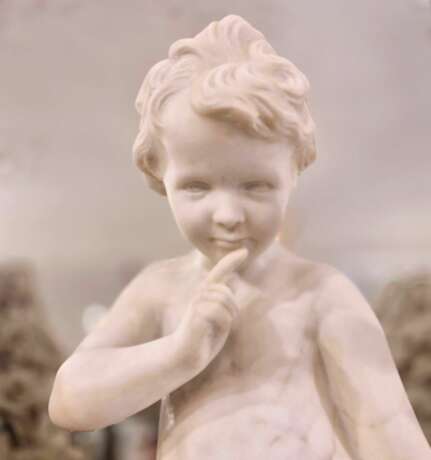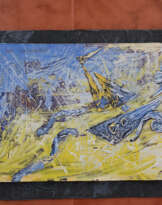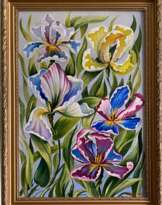Carrara marble statue of Cupid 19th century after Étienne Maurice Falconet Marmor 19th century
White marble sculpture of Cupid based on a work by Étienne Maurice Falconet (1716-1791), the original of which is in the Louvre Museum in Paris. It is presented on a gilded wooden base with a pearl stripe.Very fine craftsmanship and high quality for this 19th-century white veined Carrara marble statue of Cupid.Height with base: 59 cm.Weight: 30 kg.The original work, also known as “LAmour menaçant”, was commissioned by Mme de Pompadour, whose plaster model was exhibited at the Salon of 1755. The marble statue, presented at the Salon two years later, adorns the gardens of the Hôtel dÉvreux, the future Palais de lÉlysée, the Marquises Parisian residence. The iconography is that of Silent Love: seated on clouds, the mischievous Cupid asks for silence as he draws an arrow from his quiver.Born into a modest family in Paris, Étienne Maurice Falconet started out as a carpenters apprentice. However, his talent for wood and clay sculpture soon attracted the attention of Jean-Baptiste Lemoyne, who took him under his wing. For almost ten years, Falconet perfected his art in his masters workshop. Thanks to François Boucher, he became close to the Marquise de Pompadour, an influential patron of the arts and favorite of Louis XV, who commissioned several works from him, including La Jardinière, intended for the dairy of her Château de Crécy.His talent was recognized in 1754 with his sculpture Milon de Crotone, which earned him membership of the Académie royale de peinture et de sculpture. The works he exhibited at the Salons of 1755 and 1757, notably LAmour menaçant - commissioned by Madame de Pompadour - placed him among the most renowned sculptors of his time. This recognition opened the doors to the royal porcelain factory at Sèvres, where he directed the sculpture workshops between 1757 and 1766. He played a major role in the success of the “cookie de Sèvres”, porcelain sculptures left unglazed and undecorated, and created over 70 figure models, featuring both feminine and childlike forms.In 1766, recommended by Frédéric Melchior Grimm and Diderot, Falconet was invited to St. Petersburg by Catherine II of Russia. After Madame de Pompadours death, he accepted the offer and left his Parisian studio in the rue dAnjou - nicknamed “la chaumière” by Diderot. In Russia, he spent twelve years creating the Monument à Pierre le Grand, an imposing equestrian statue. However, tensions with the imperial court led him to leave the country for the United Provinces, before returning to France.Back in Paris, he was appointed rector of the Académie royale de peinture et de sculpture. Here, he produced several masterpieces, including Moïse et David pour léglise Saint-Roch, Les Mangeurs de raisins, La Leçon de flûte, Pygmalion, Alexandre, LHiver and La Mélancolie. In 1780, he was replaced by Charles-Antoine Bridan as professor of sculpture.Falconet was also a theorist of his art. He translated and annotated passages on painting and sculpture from Pliny the Elders Natural History, and wrote several works on the history of art in Antiquity and in his own time. Diderot entrusted him with writing the “Sculpture” article for LEncyclopédie. In 1761, he published his Réflexions sur la sculpture, followed by other writings in six volumes from 1781.
| ID: | 112083 |
|---|---|
| Originalität: | yes |
| Zustand: | Zufriedenstellend |
| Herstellungsjahr: | 19th century |
| Material: | Marmor |
| Größe: | 29 x 52 x 29 cm |
| Versand nach: | Weltweit |
| Zahlungsmethode: | Banküberweisung, Kreditkarte, Bargeld |
| Versandart: | Postdienst, Kurierdienst, Selbstabholung |
| Warenrücksendung: | 14 Tage |
Informationen zum Geschäft
Adresse
Antiqon
Brivibas street 52-1B,Riga LV-1011, Latvia
LV-1011 Riga
Lettland
Geschäftszeiten
Mo geschlossen
Di
12:00 – 19:30
12:00 – 19:30
Mi
12:00 – 19:30
12:00 – 19:30
Do
12:00 – 19:30
12:00 – 19:30
Fr
12:00 – 19:30
12:00 – 19:30
Sa
12:00 – 18:00
12:00 – 18:00
So geschlossen





































